Fiat Grande Panda Hybrid Review: Good Looks, Great Value, But Lacks Zip
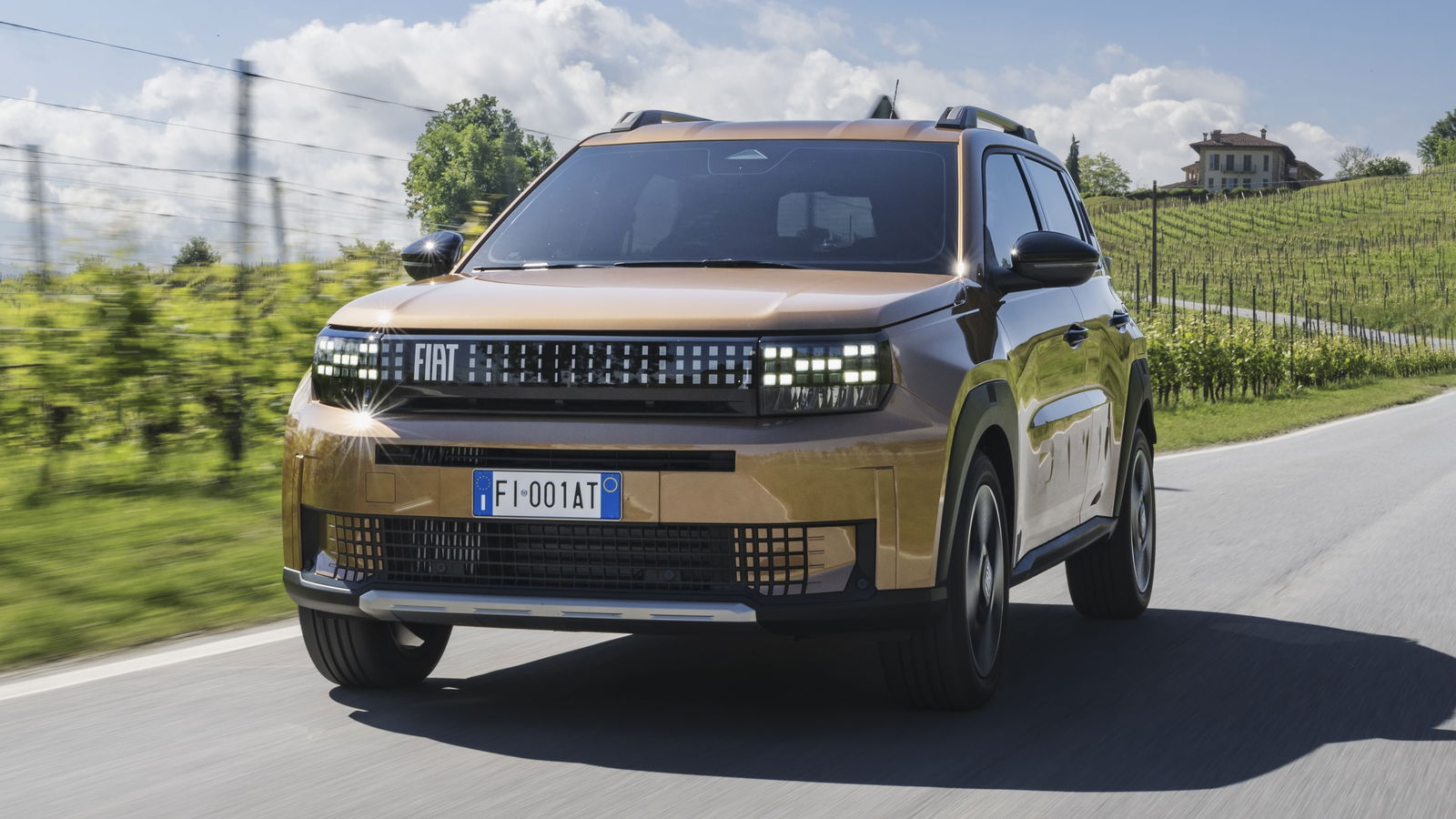
Pros
- Looks brilliant inside and outVery competitive pricing
Cons
- Not that much fun to driveYou can sometimes see why it’s so cheap
First of all, why not Fiat Giant Panda? Surely that was an open goal. Granted, at a smidge under four metres long, the Fiat Grande Panda isn’t a massive car, but it’s a decent chunk bigger than the not-Grande Panda.
It’s not designed as a replacement for that car, by the way. The third-gen Panda has been dropped in the UK, but it’s still on sale across most of Europe, and will get a proper successor in a couple of years.
If anything, the Grande Panda fills the gap once occupied by the Punto, but unlike the Punto, you’re not going to immediately forget what it looks like. Much of the inspiration, from the overall silhouette to the offset Fiat badge on the front, comes from Giugiaro’s seminal original Panda, but it’s all been neatly blended with the retro eight-bit aesthetic that’s so very in vogue with car makers right now.
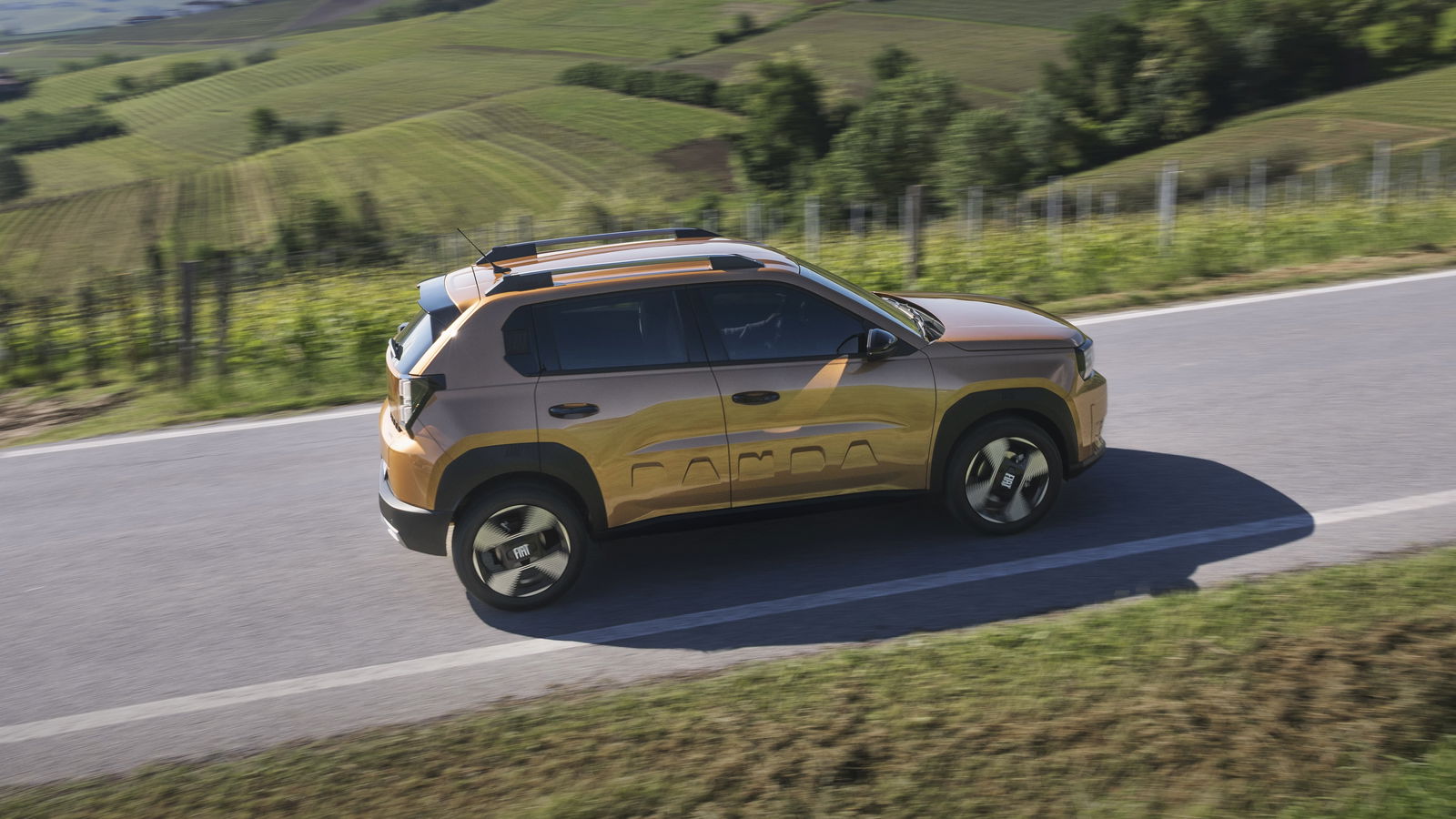
And if you’re getting a whiff of another retro hero of the moment, it’s no coincidence. The Grande Panda’s styling was led by Fiat’s design boss, Françoise Leboine. His previous job was at Renault, where he penned the styling model that became the new 5.
The fun continues on the inside, which is again a modern rejig of the original’s basic layout. There’s a dual-screen setup for instruments and infotainment – basically industry standard at this point – but elsewhere, and depending on spec, it’s awash with bright colours and funky materials.
Fiat’s very proud of the ‘Bambox’, for instance, even though it basically just amounts to a second glovebox covered in a very of-the-moment sustainable bamboo-based textile. The material looks and feels nice, although we have doubts about its longevity – on our brand new test car, it was already starting to look a bit grubby.
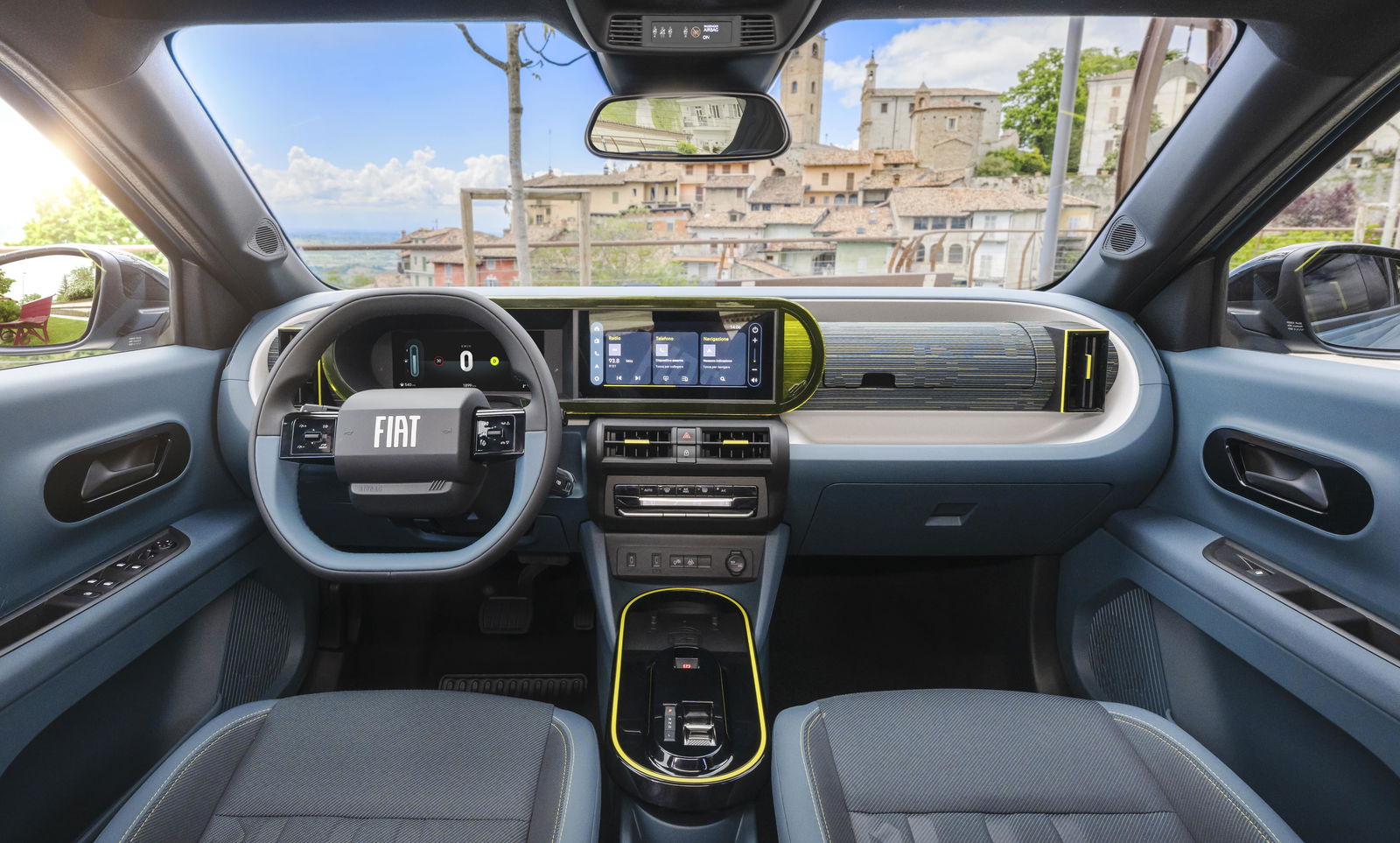
Some of the materials elsewhere feel a bit cheap too, although at the end of the day, it’s a cheap car – what do you expect? It’s all sensibly laid out and easy to operate, with lots of proper buttons and shortcuts for the ADAS (which itself isn’t horribly intrusive).
In fact, it’s a pleasant thing to spend time in – space is ample in the front, and decent enough in the back for four tall-ish adults to feasibly do a short journey without wanting to violently murder one another. The seats are decently supportive, but an adjustable headrest would be nice – the fixed one’s a bit uncomfortable if you’re on the taller side.
The Grandy Pandy sits on Stellantis’ new, not-at-all-confusingly-named Smart Car platform along with the latest Citroen C3 and reborn Vauxhall Frontera, and as such, gets a similar mix of powertrain choices.
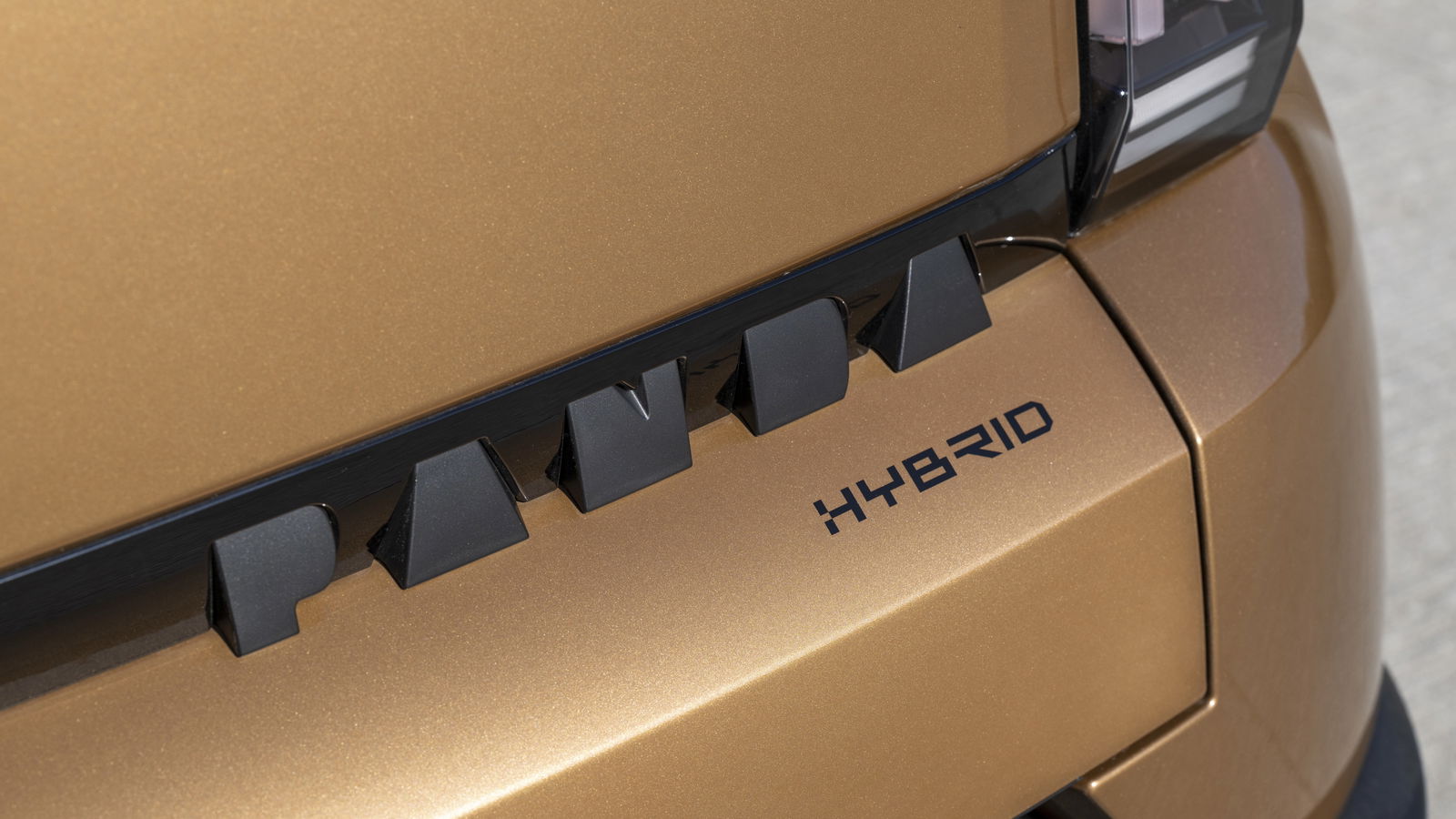
There’s a fully electric one, and later, there’ll be a pure petrol one with a manual gearbox, but we’ve been trying the one that’s likely to be the biggest seller: the hybrid. It teams a little 1.2-litre turbo three-pot with an equally wee 0.876kWh battery powering a 48v motor. This allows it to do the usual mild-hybrid thing of shuffling about at low speed on electric power, but you’re not going to go far without the engine kicking in.
Total system output amounts to 109bhp and 151lb ft of torque, figures that lead to unsurprisingly easy-going performance. Top speed is 99mph, and it takes a full 10 seconds to hit 62mph.
Traditionally, raw numbers like this haven’t really mattered in a small Italian hatch, because you’ve been able to grab them by the scruff of the neck and do your best impression of an Italian joyrider circa 1995, revving them for all they’re worth while blasting Robert Miles’ ‘Children’ from the tinny stereo. Pandas of yore have all been perfect examples.
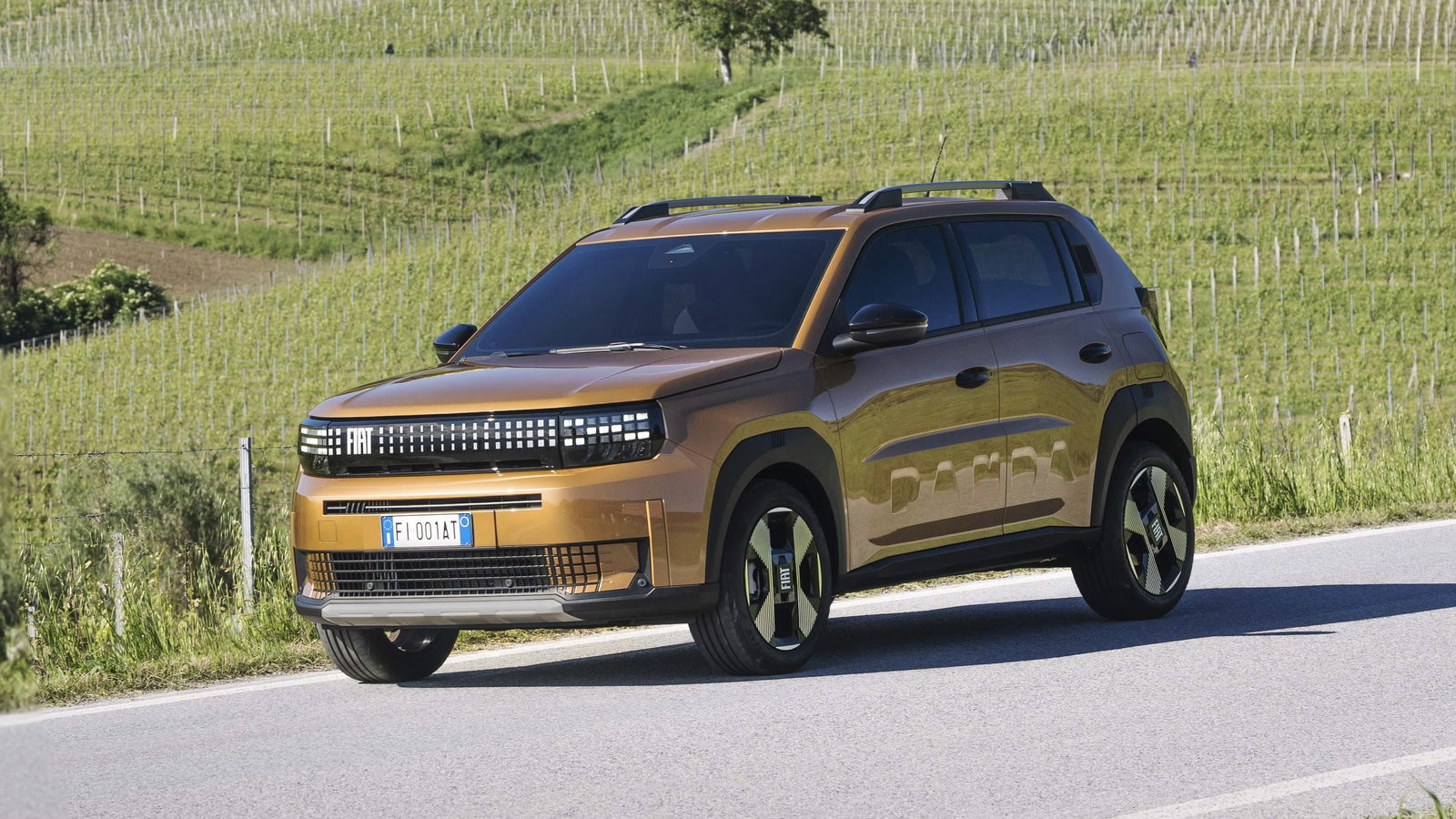
Sadly, a lot of this spirit has been lost here. The engine’s lack of power and unwillingness to rev is hampered further by the six-speed dual-clutch gearbox, which is sometimes painfully slow to react to accelerator inputs, and there are no paddles for taking matters into your own hands.
It’s nippy enough to get out of its own way once the ’box wakes up, and the gearchanges are agreeably smooth, but a lot of the fizz that’s long been present in small Fiats seems to be lost. It’s the same story with the steering – it’s nice and accurate, but quite low-geared and lacking in the sort of fingertip response that invites you to chuck it into a bend.
Try to do that and you’ll pretty quickly be met with juddering understeer, although the efficiency-biased tyres on our car and the sopping wet conditions probably didn’t help. Back off a bit and it goes round corners perfectly obediently, but that cheeky spirit isn’t quite there. Arguably, that’s irrelevant to a car like this, but it’s long been a hidden depth of little Italian cars and it’s a shame it’s absent here.
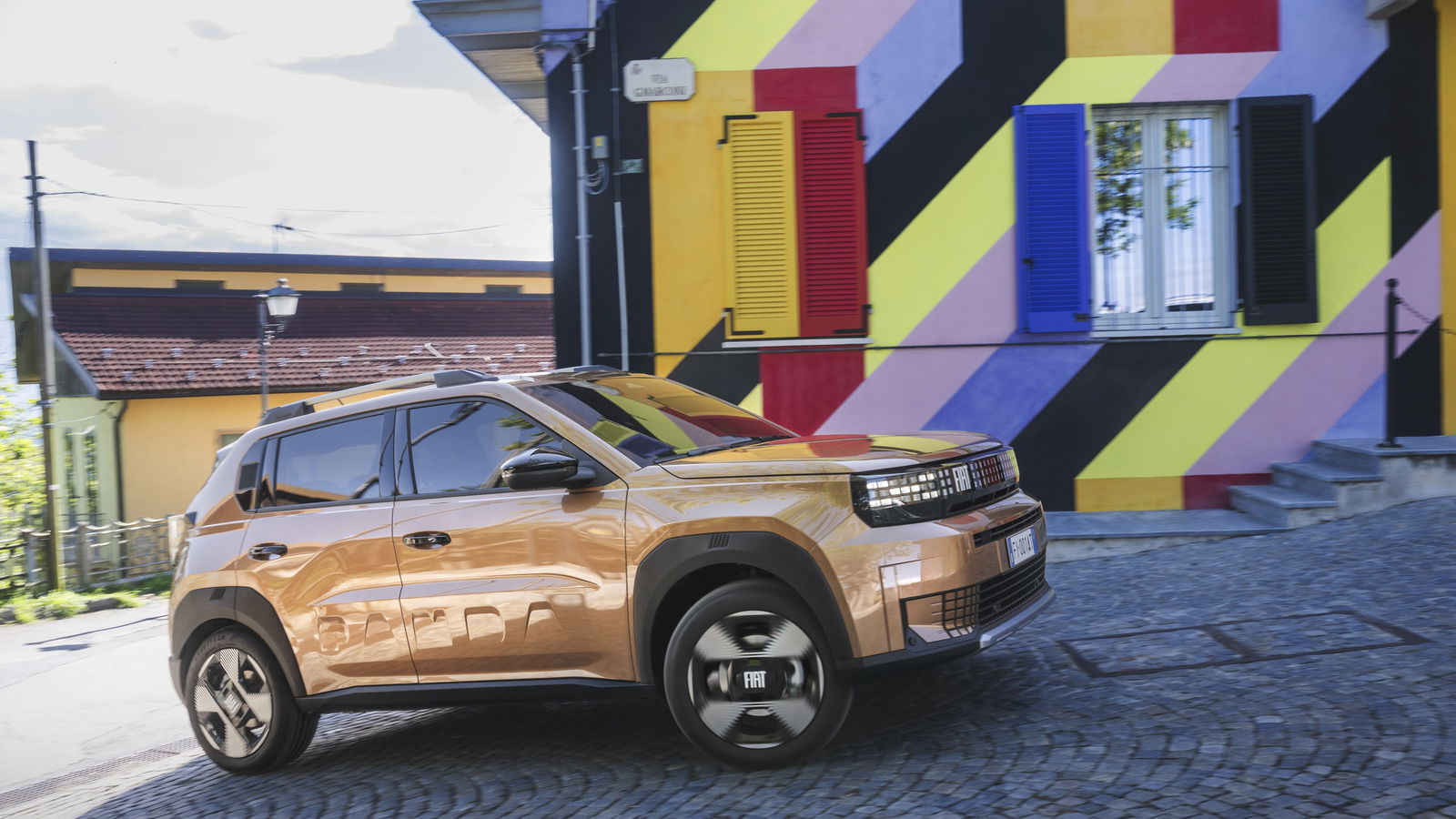
The tradeoff for this is that the Grande Panda’s a bit more grown-up feeling the rest of the time. It sits on faster roads reasonably calmly and quietly, although knackered surfaces will still jostle you around, revealing some pretty big shortfalls in the damping.
Really, though, it’s at its best around town, where it’s designed to live its life. Here, the ride’s still jiggly, but it feels like it’s been designed specifically to batter through potholes and across broken surfaces. It’s an effortless thing to drive, too. There’s very little regen effect from the tiny e-motor, but the brakes are nice and easy to modulate.
Where the Grande Panda really shines is price. The UK Hybrid range kicks off with the £18,035 Pop trim, which still gets air-con, split-fold rear seats, the full dual-screen phone mirroring setup, and cruise control. It also has plastic trims for its steel wheels – in Europe, you can get it with bare steelies, and they look ace.
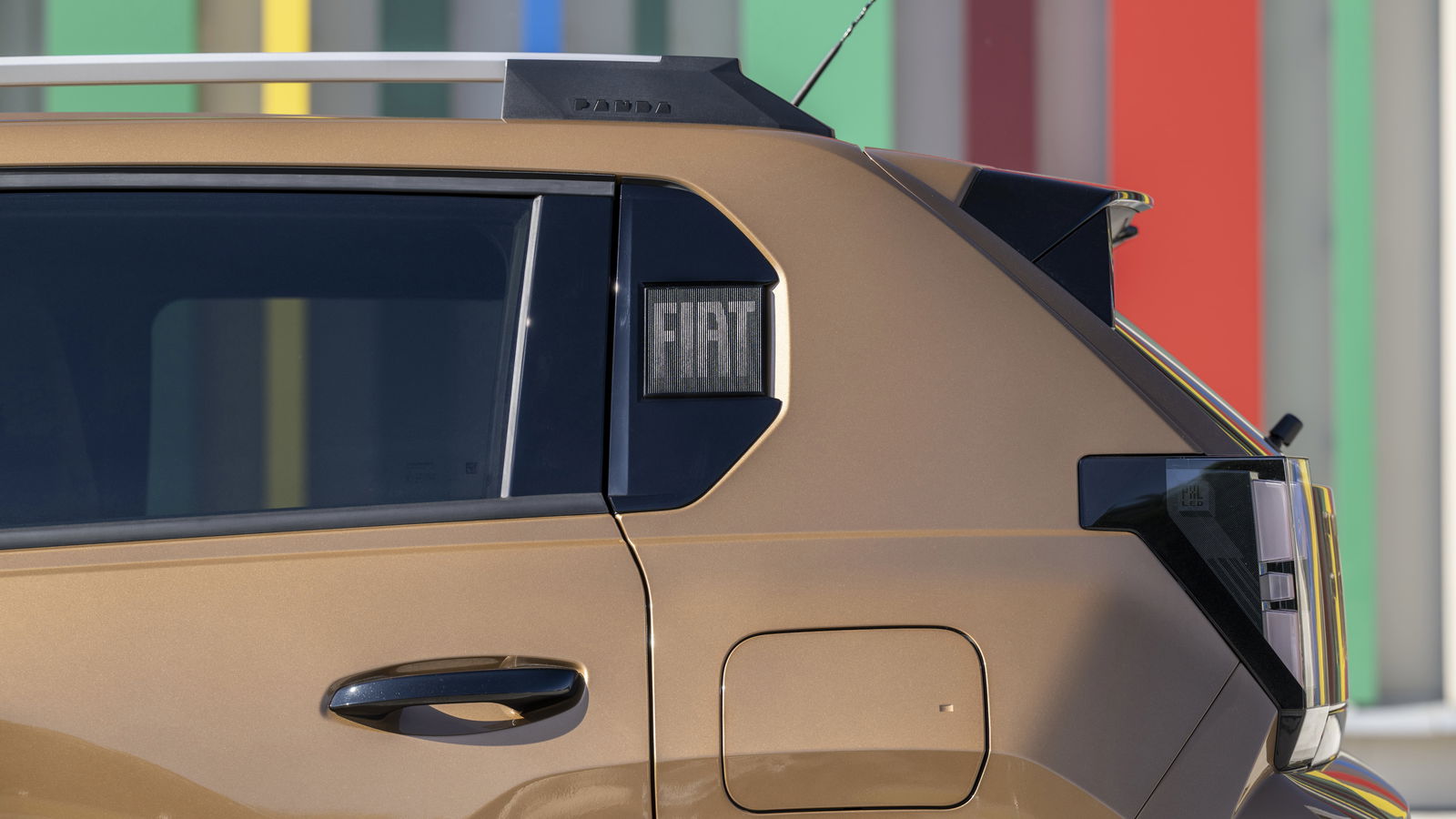
Another £1000 gets you the Icon version, adding in 16-inch alloys and a few other trinkets. The top trim is the £21,035 La Prima, with 17-inch wheels, automatic a/c, a wireless charger and the Bambox.
All the trims neatly undercut equivalent hybrid versions of the closely related Citroen C3, a car with a much less endearing design. More expensive (albeit more refined) hybrid superminis like the Peugeot 208 and Renault Clio don’t lay on the charm nearly as much, either.
In fact, the only similarly-sized, similarly-priced hybrids we can think of are the MG3 and Suzuki Swift and, yeah… look at those next to the Fiat and tell us which one you desire the most.
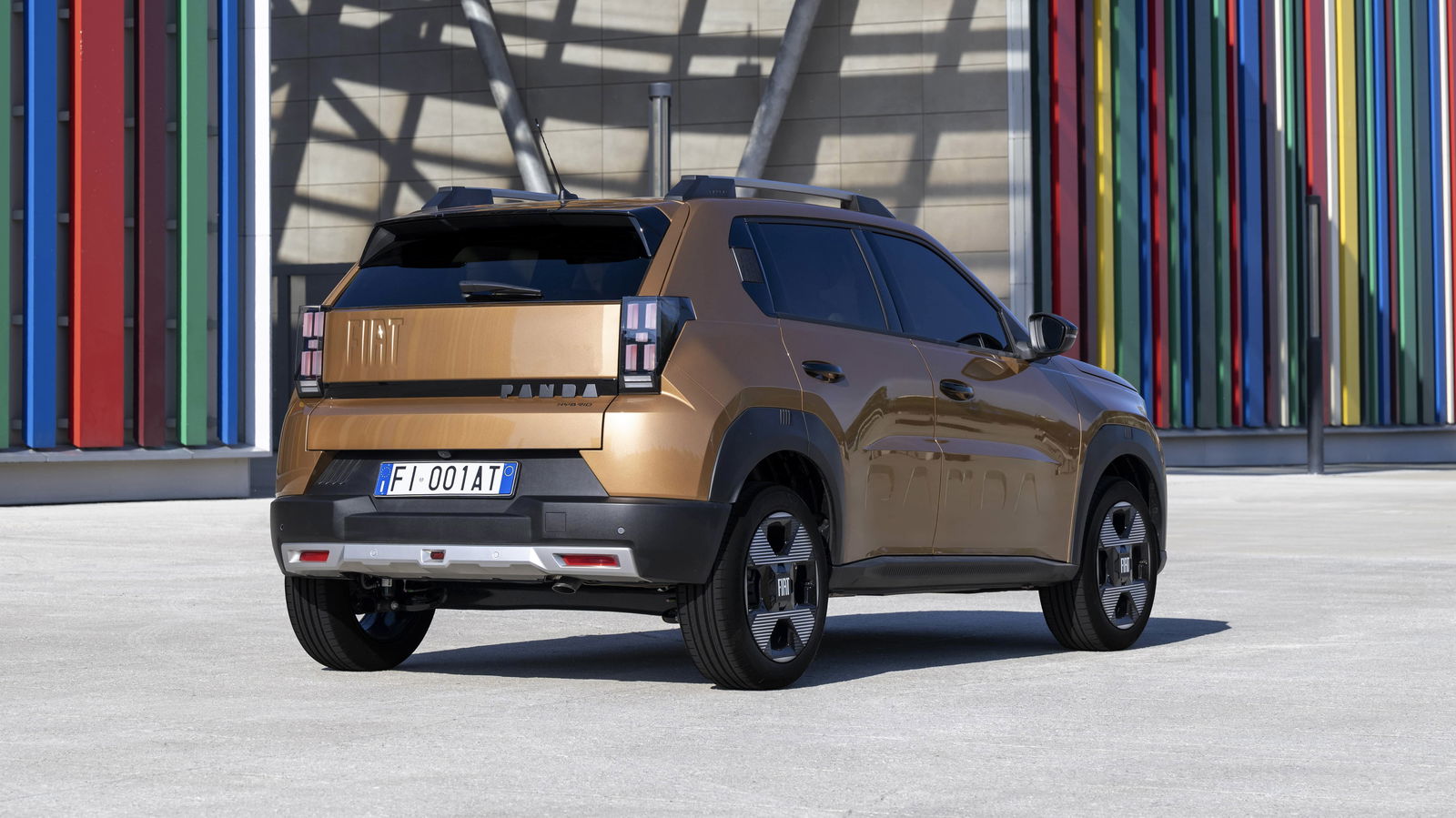
It’s just a huge shame that the Grande Panda’s endlessly endearing looks aren’t backed up by the fizzy drive we’ve come to expect from a small Fiat. If that doesn’t matter to you, though, and you just want something fun to look at and affordable to own, then the Grande Panda nails the brief.
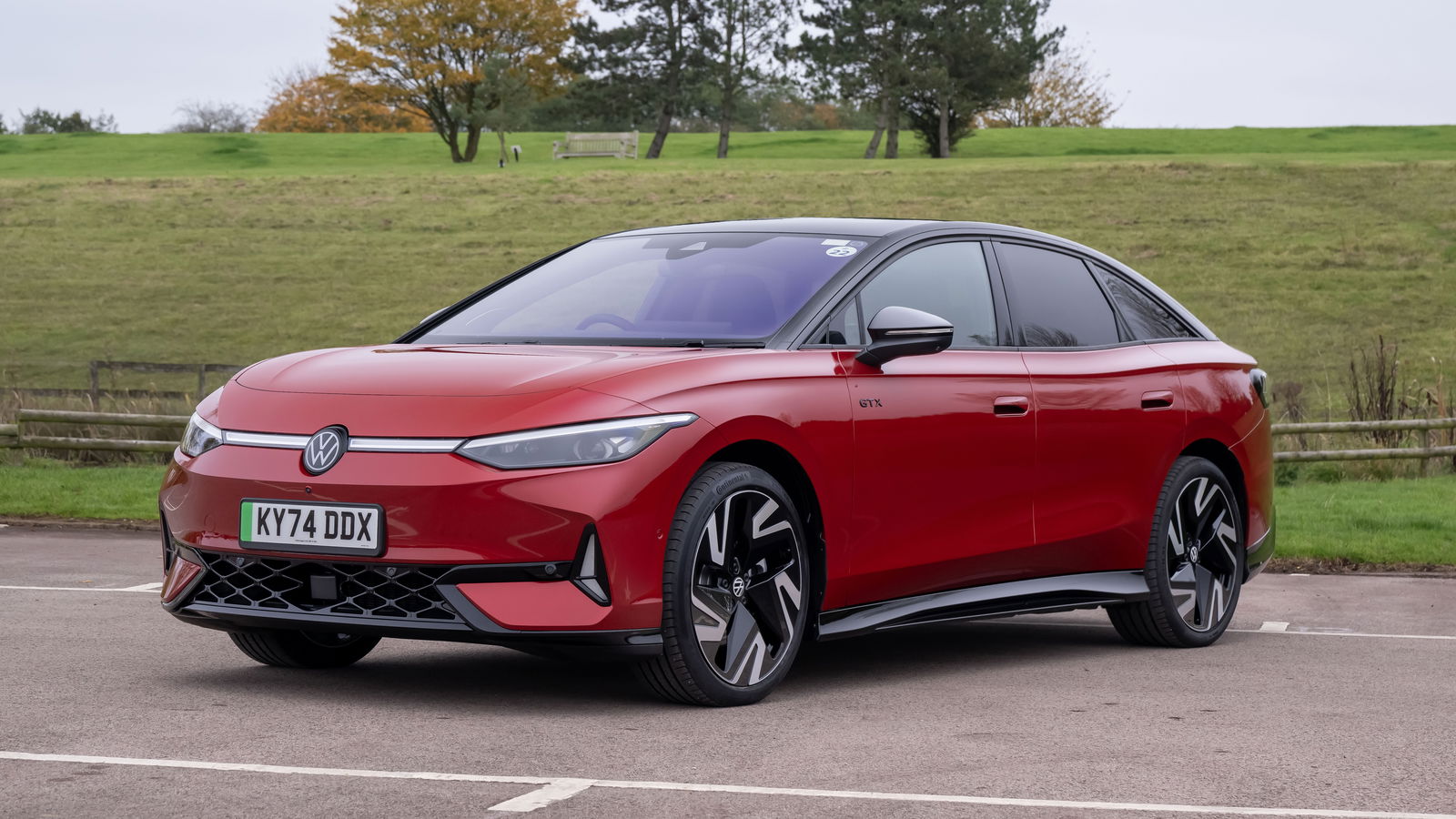
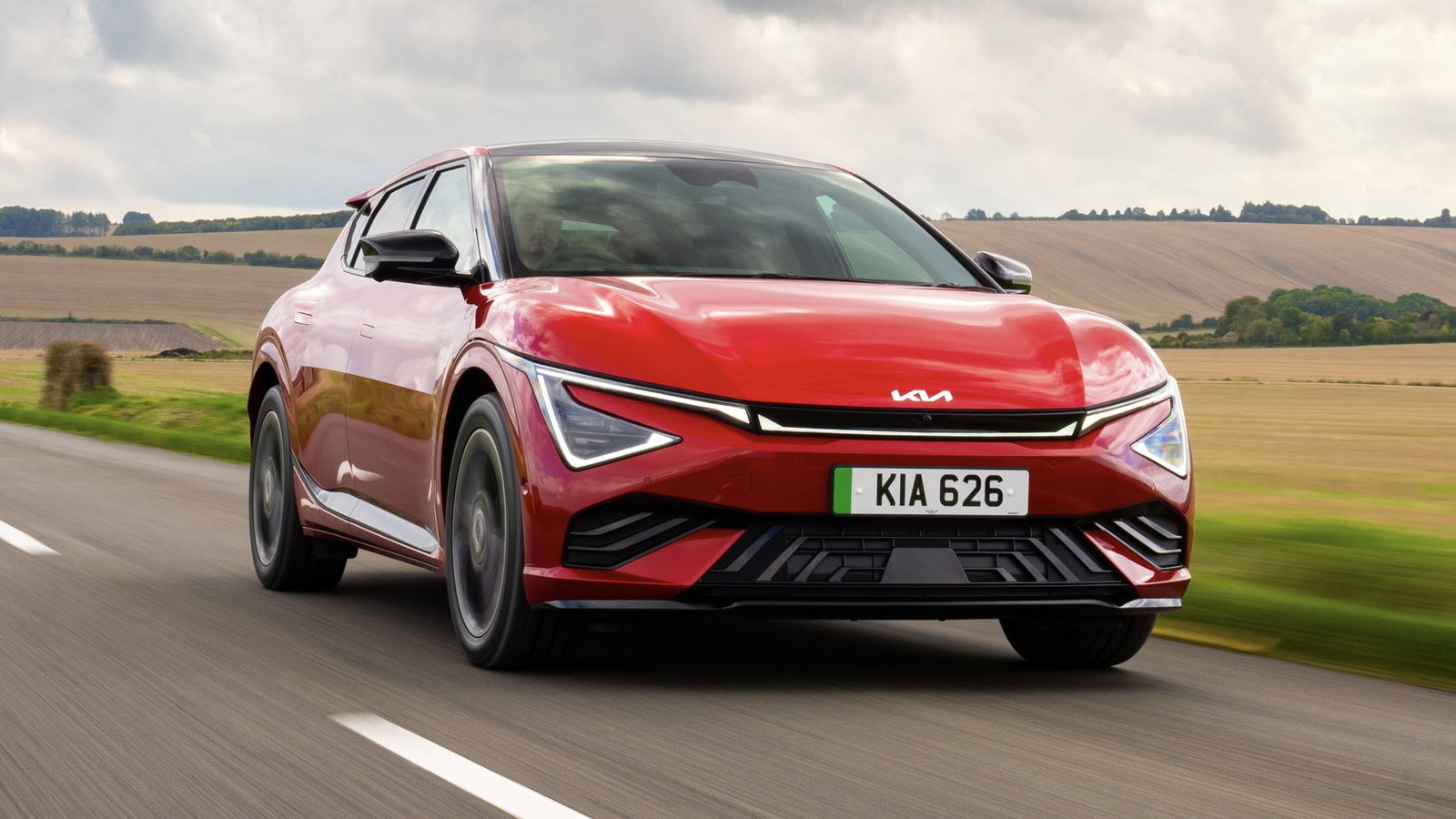


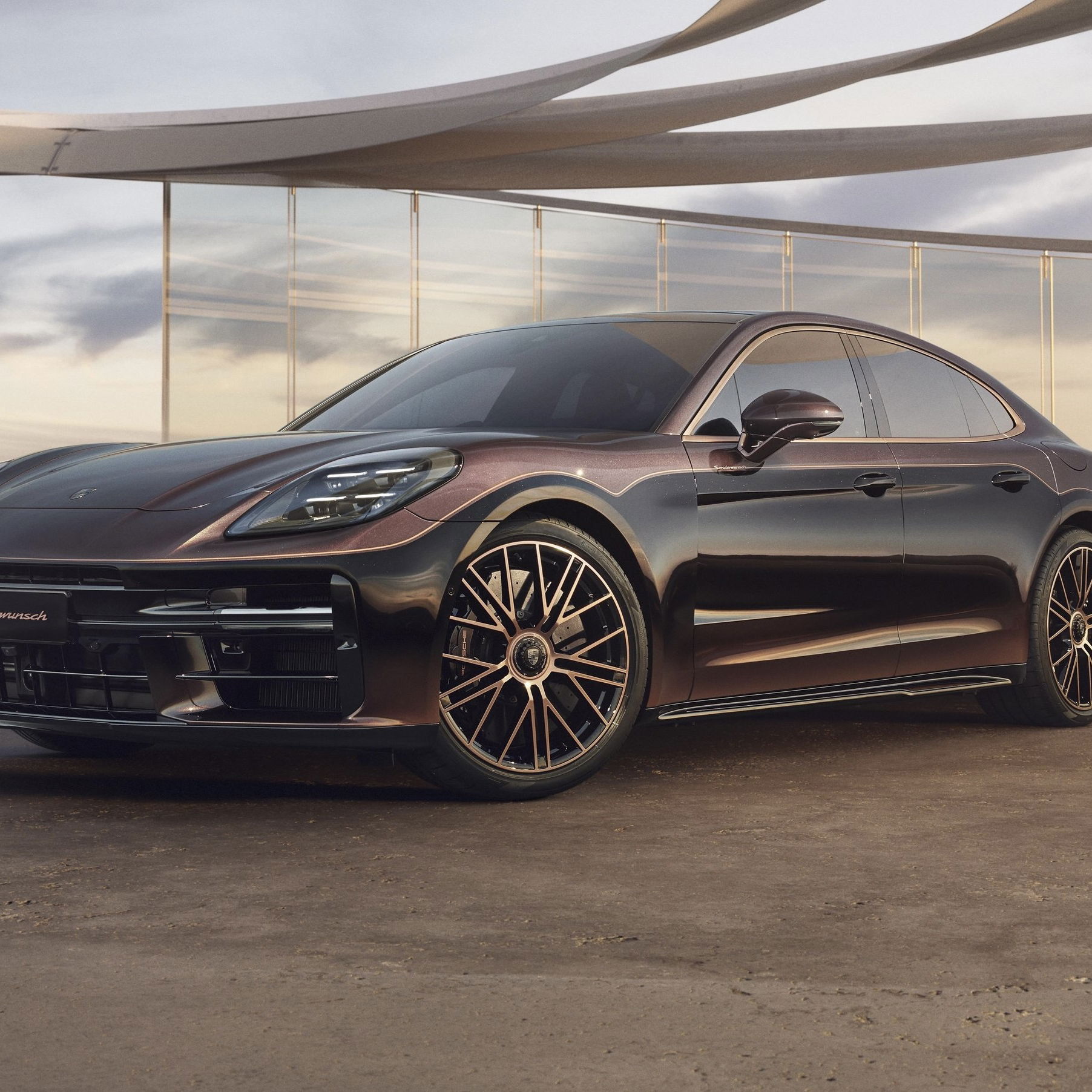

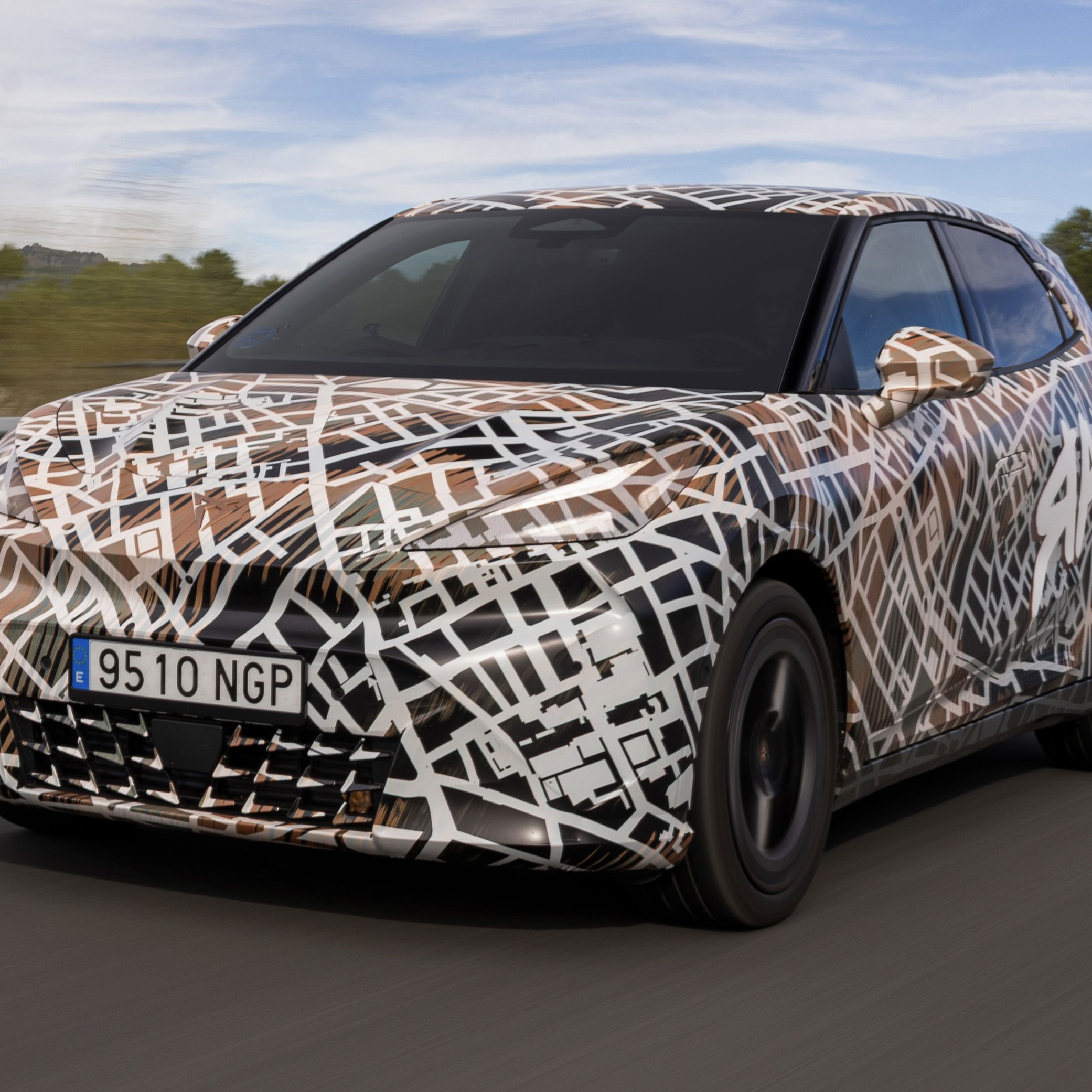






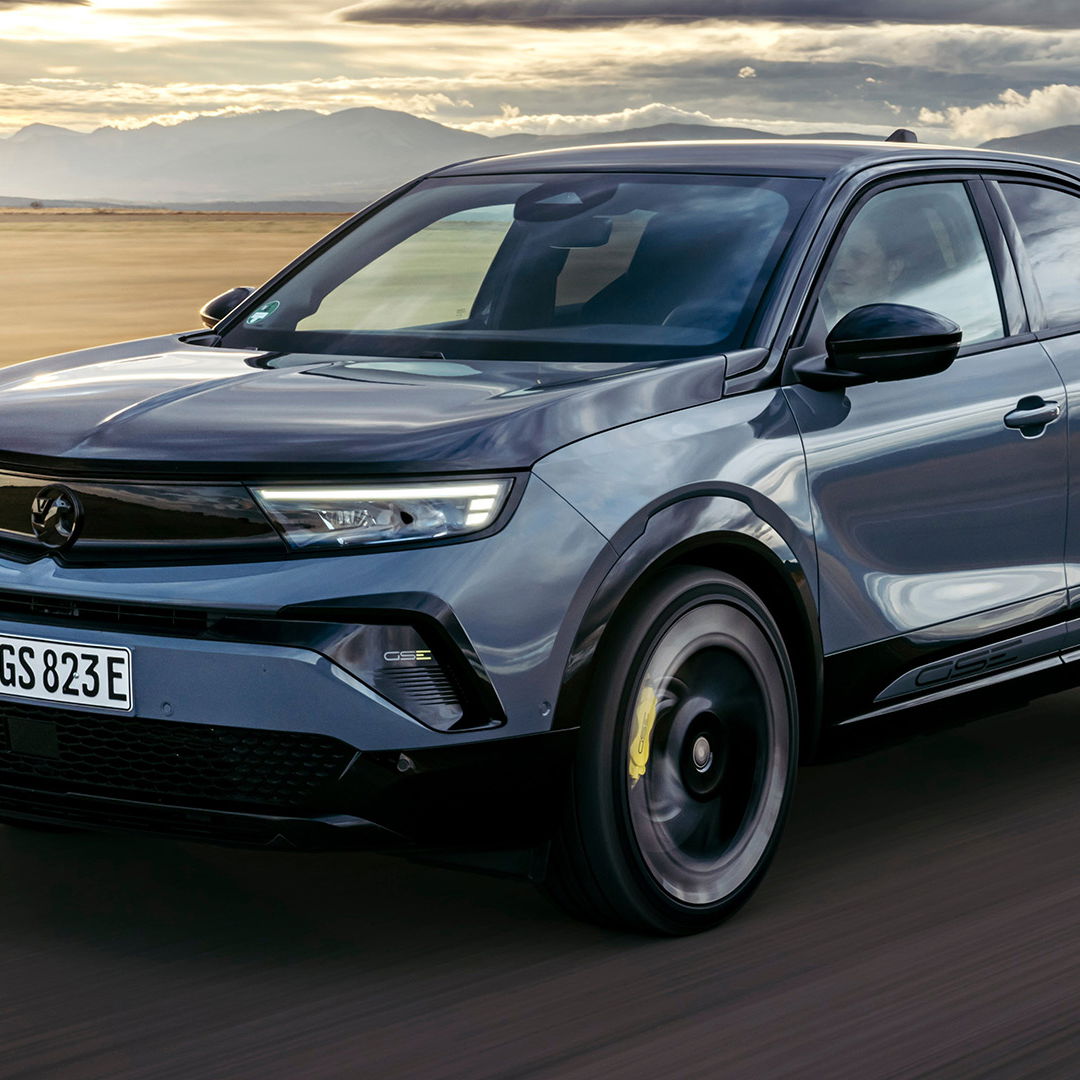
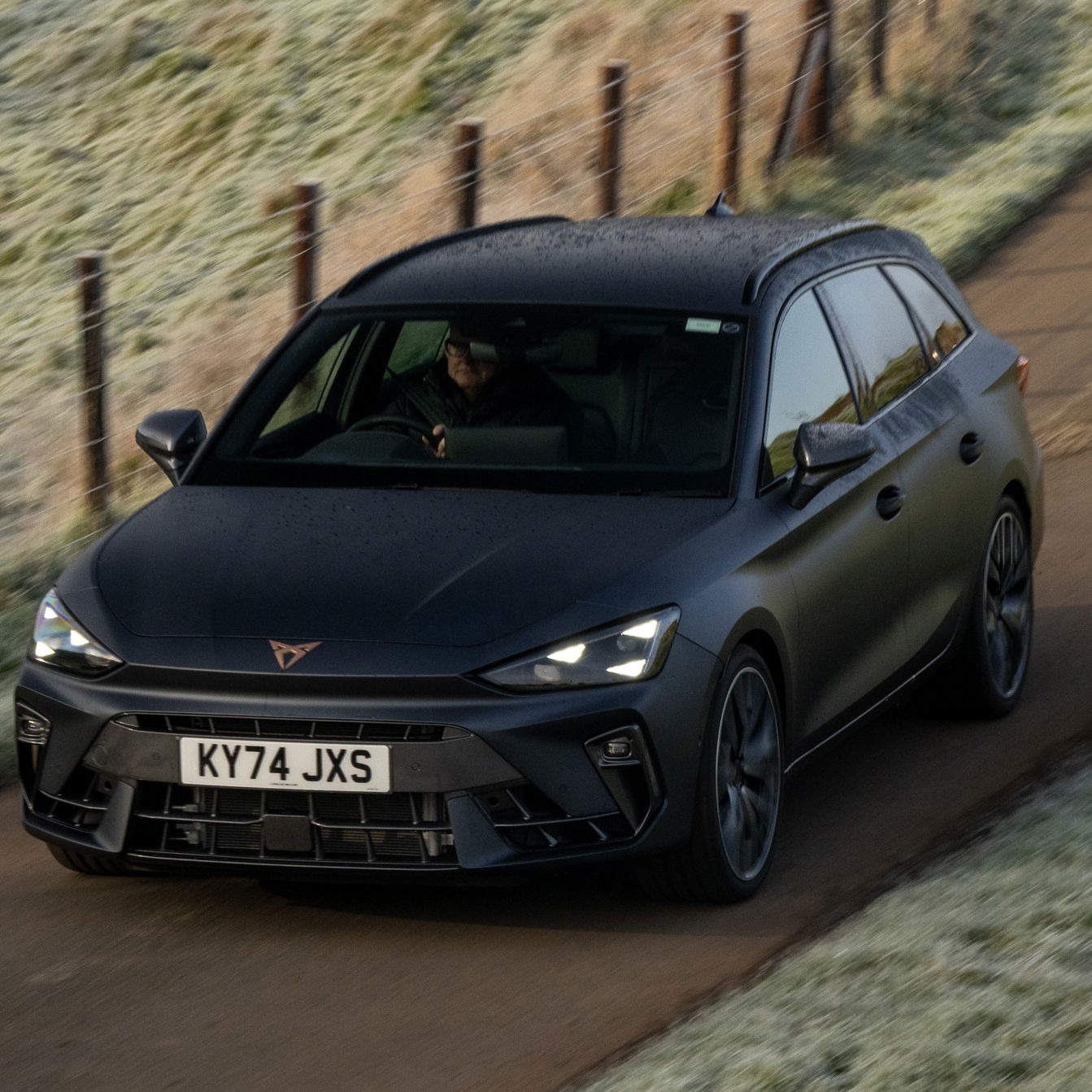
Comments